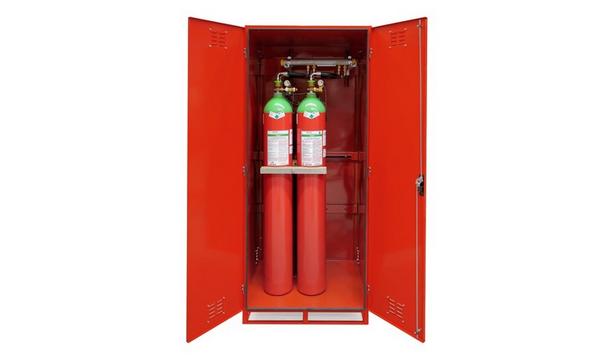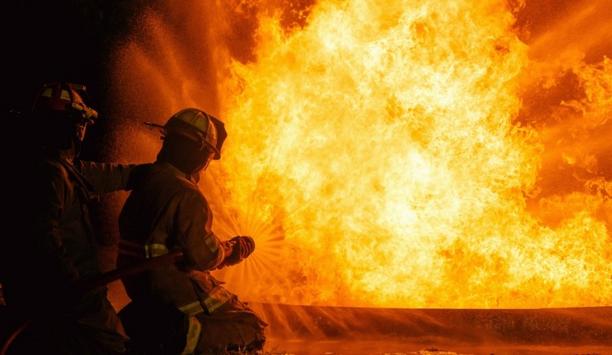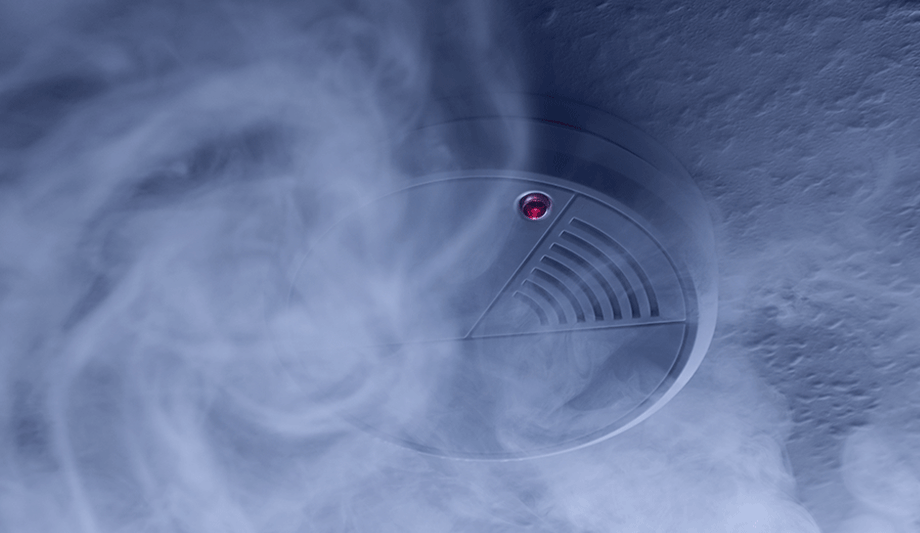 |
| An estimated average of 3,800 fires occurs each year in university dwellings |
The Federal Emergency Management Agency's (FEMA) United States Fire Administration (USFA) has issued a special report examining the causes and characteristics of fires in college and university residential buildings that include dormitories, fraternity, and sorority houses.
Thef report, University Housing Fires, was developed by the National Fire Data Center and is a part of the USFA's Topical Fire Report Series. An estimated average of 3,800 fires occurs each year in university dwellings. Annually, these fires are also responsible for 5 deaths, 50 civilian injuries, and $26 million in property loss. This report is based on 2005 to 2007 data from the National Fire Incident Reporting System (NFIRS).
"The safety of this nation's students is important to all fire departments facing the challenges presented by today's higher education institutions," said Kelvin J. Cochran, United States Fire Administrator. "The simple act of cooking by students continues to present dangers when safety is taken for granted. It is our desire through this report, and others like it, to continue our support of fire safety efforts by all fire departments working closely with faculty to ensure a safe and fire free educational environment."
94 percent of university housing fires occur in dormitories and dormitory-type residences, and 6 percent in fraternity and sorority houses |
The short topical reports are designed to explore facets of the U.S. fire problem as depicted through data collected in NFIRS. Each topical report briefly addresses the nature of the specific fire or fire-related topic, highlights important findings from the data, and may suggest other resources to consider for further information. Also included are recent examples of fire incidents that demonstrate some of the issues addressed in the report or that put the report topic in context.











